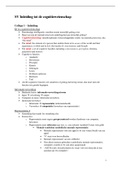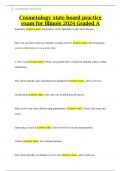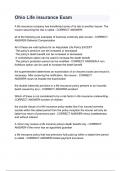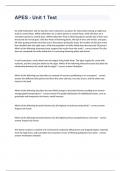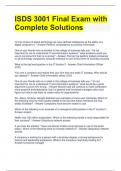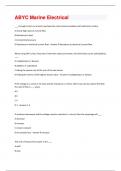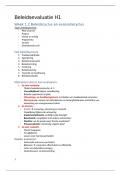Exam (elaborations)
Sustainable Energy 1st Edition By Richard Dunlap - Test Bank
- Course
- Institution
Chapter 3 Fossil Fuel Resources and Use 3.1 A person's primary energy needs are supplied exclusively by burning oil (with an energy content of 3.85 × 107 J/L). If a person's average power consumption is 12 kW, how long would it take that person to use one barrel of oil (158.97 liters)? So...
[Show more]




